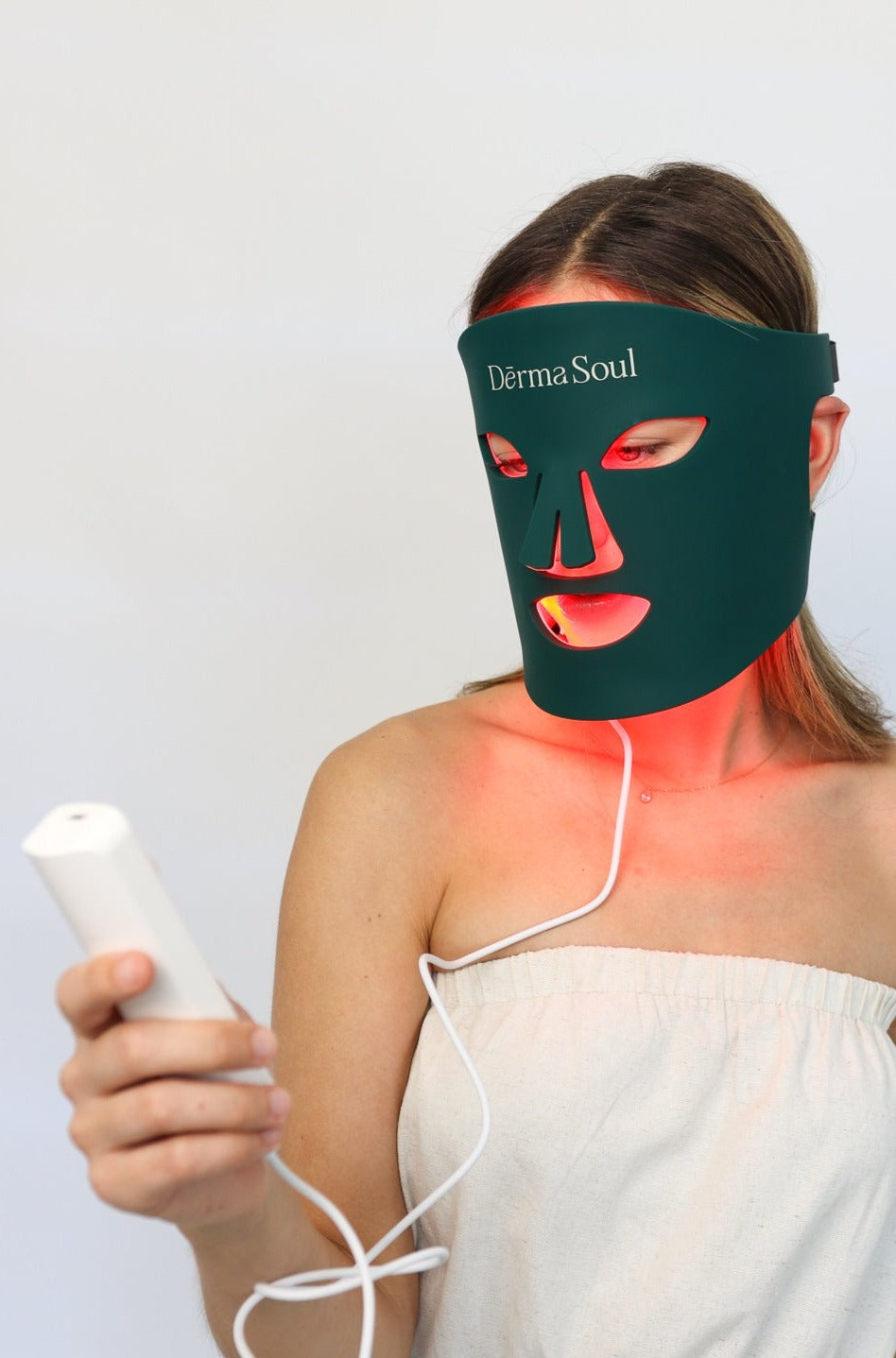Retinol—whispered like a secret weapon in the world of skincare, holds the promise of youthful, radiant skin, break-out control and honestly, almost every skin function. But what is it exactly, and why does it command such admiration? In this exploration, we'll navigate the landscape of retinol, its diverse forms, its roots in vitamin A, and the fascinating journey it takes to transform your skin.
1. Understanding Retinol: The Skin's Timeless Elixir
At its core, retinol is a derivative of vitamin A—a powerhouse nutrient with transformative properties for the skin. Renowned for its ability to encourage cell turnover and boost collagen production, retinol has become a go-to ingredient in many skincare routines. Vitamin A is actually the only antioxidant that can alter the DNA of a skin cell, meaning that if we use retinol the right way, it can ensure damaged skin cells are repaired, and new healthy skin cells form.
The easiest way to understand the impact of vitamin A is to think of the skin as a factory. With every well-operated factory is a good operations manager, keeping all functions organised, making sure enough resources are available and enough labour to keep things running smoothly. Vitamin A is that manager for our skin, keeping all other skin functions in check.
2. The Different Forms of Retinol: Decoding the Alphabet Soup
When it comes to retinol, the alphabet is your guide:
Retinyl Palmitate (Vitamin A Palmitate): A milder form ideal for beginners, offering gradual benefits.
Retinol: The gold standard, known for its potency in promoting skin renewal and reducing the appearance of fine lines.
Retinyl Acetate: A stable form that converts to retinol when applied to the skin.
Retinyl Linoleate: Combines the benefits of retinol with linoleic acid, offering a dual-action approach for improved skin texture.
Retinaldehyde: A step closer to the active form, retinoic acid, making it effective with less potential for irritation.
Retinoic Acid (Tretinoin): The most potent and prescription-strength form, offering intensive skin rejuvenation.
3. Vitamin A: The Internal Architect of Healthy Skin
Retinol's roots lie in vitamin A, an essential nutrient that plays a crucial role in maintaining healthy skin, vision, and immune function. Found in various forms within our diets, vitamin A undergoes a fascinating transformation within the body, ultimately contributing to skin health.
4. The Journey of Retinol into the Skin: A Transformational Tale
Once applied topically, retinol embarks on a journey to deliver its benefits:
- Penetration: Retinol penetrates the skin's outer layer, reaching the epidermis and dermis, where it communicates with other skin functions.
- Conversion: Enzymes in the skin convert retinol into its active form, retinoic acid. This is WHY the percentage of the retinol does not matter as much as its form, as if the retinol can’t be effectively converted into what the skin can use, it won’t be effective.
- Cellular Activation: Retinoic acid stimulates skin cells, encouraging faster turnover and promoting collagen synthesis. What does this mean? Rejuvenated, bouncy skin!
- Results: Over time, this process leads to smoother, more even-toned skin, with diminished fine lines and a youthful radiance.
5. Maximising the Benefits: A Few Words of Wisdom
Start Slowly: If you're new to retinol, introduce it gradually into your routine to allow your skin to adjust. Over-using retinol, or introducing too high a dose and in too short a time, can result in a retinol response – red, itchy, dry/flaky skin. If this occurs, your best way to manage it is to give it a break for 4-7 days, then slowly re-introduce it back into your routine, potentially also lowering the intensity of the retinol to build the tolerance within the skin.
Pair with Sunscreen: Retinol can make your skin more sensitive to the sun as it’s light sensitive. Always use a broad-spectrum sunscreen during the day and for best practice, use retinol in the evenings.
Hydration is Key: Keep your skin hydrated to mitigate potential dryness or irritation, and help absorption of retinol within the skin by a hydrated and healthy acid mantle being able to cope with the ingredient, and use it in a far more effective way via deeper penetration into the dermal layers of the skin.
Conclusion: Elevate Your Skincare Regimen with Retinol's Touch
As we navigate the intricate world of skincare, retinol stands out as a transformative force, rooted in the nourishing embrace of vitamin A. Understanding its various forms, appreciating its origin, and witnessing its journey into the skin unveils the true magic behind this skincare marvel. Embrace retinol as your ally, and let your skin revel in the timeless beauty it unveils. The path to radiant, youthful skin begins with the potent touch of retinol—an ally for every skincare enthusiast.











